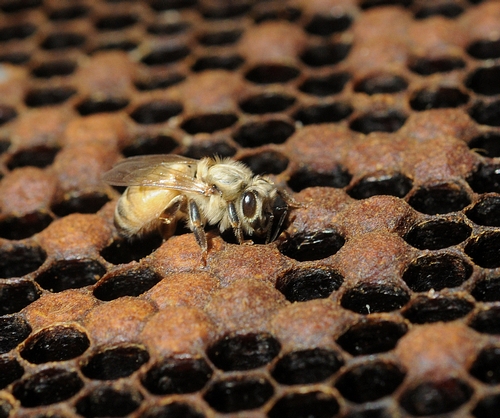It's being hailed by environmental groups as "a victory for the bees."
A U.S. federal judge has ruled that the insecticide, spirotetramat, must be pulled from the shelves because it could be dangerously toxic to America's declining honey bee population.
Starting Jan. 15, 2010, it will be illegal for the insecticide, manufactured by Bayer CropScience under the trade names Movento and Ultor, to be sold in the United States.
What the federal court order does is invalidate EPA's approval of the use of the pesticide.
U.S. District Court Judge Denise Cote ruled that the EPA did not properly seek comments or publicize the review process. She called for further re-evaluation of the insecticide in compliance with the law.
Spirotetramat, which inhibits cell reproduction in insects, targets such sucking pests as aphids, whiteflies, scales, mealybugs, psylla, phylloxera, thrips, and mites.
Up to now, its registered uses, according to the 74-page EPA document, included a variety of fruits and vegetables, as well as uses in greenhouses and nurseries. A few of them: citrus, grapes, cucumbers, brussel sprouts, cabbage, potatoes, onions, strawberries, stone fruits and livestock commodities.
The Xerces Society, an invertebrate conservation society based in Portland, Ore., and the Natural Resources Defense Council, an environmental organization in New York, filed the suit as a means to protect bees.
Pesticides--along with diseases, viruses, parasites, pests, malnutrition and the changing weather--have been linked to colony collapse disorder, a mysterious malady in which adult bees abandon the colony, leaving behind the queen, brood and food stores.
"Save the bees" is a hue-and-cry being heard about the world. And rightfully so.
Bees, our little agricultural workers, pollinate about one-third of the food we eat. In the United States, bees pollinate $15 billion worth of plants every year, according to the U.S. Department of Agriculture.
Attached Images:

Newly emerged bee